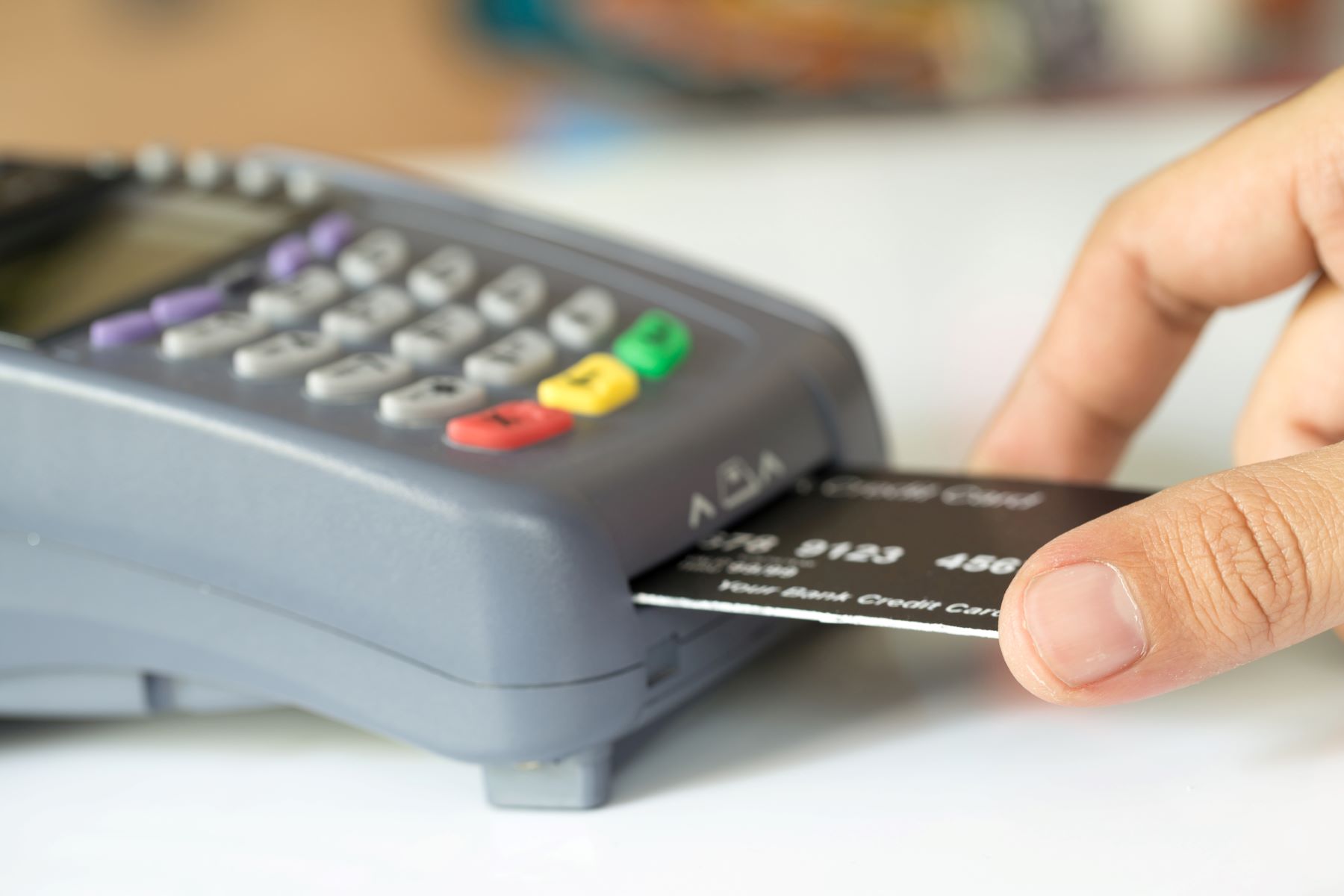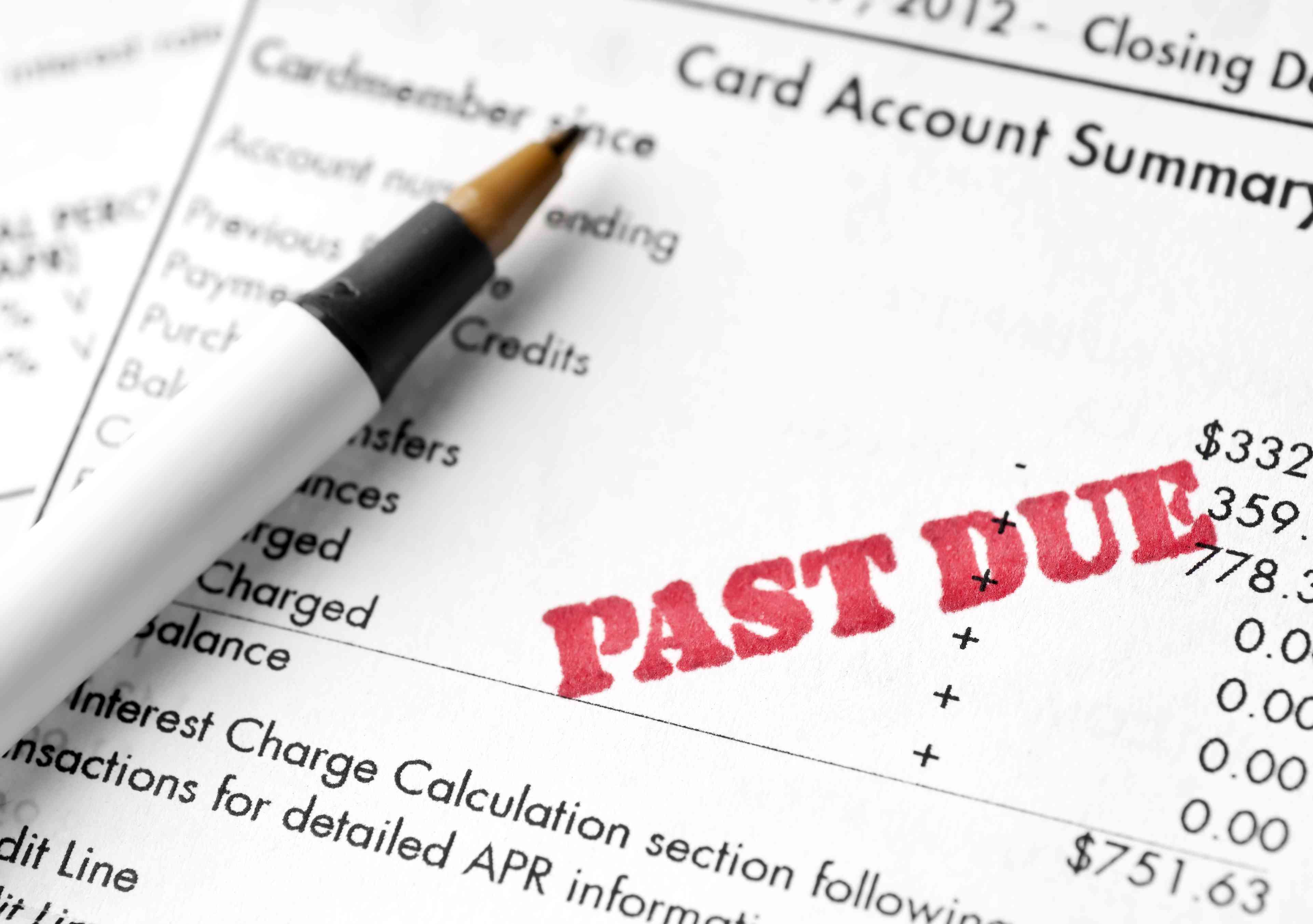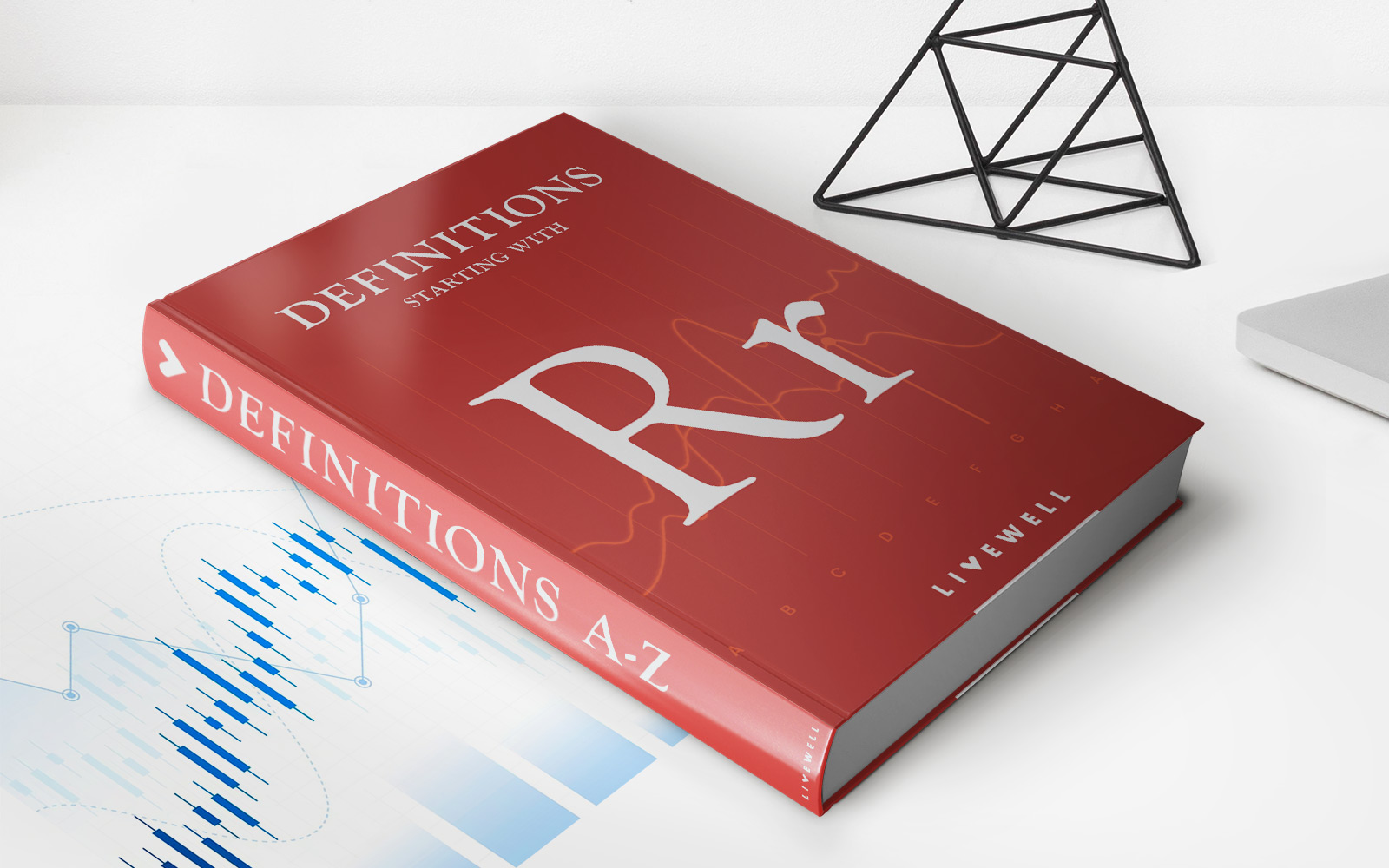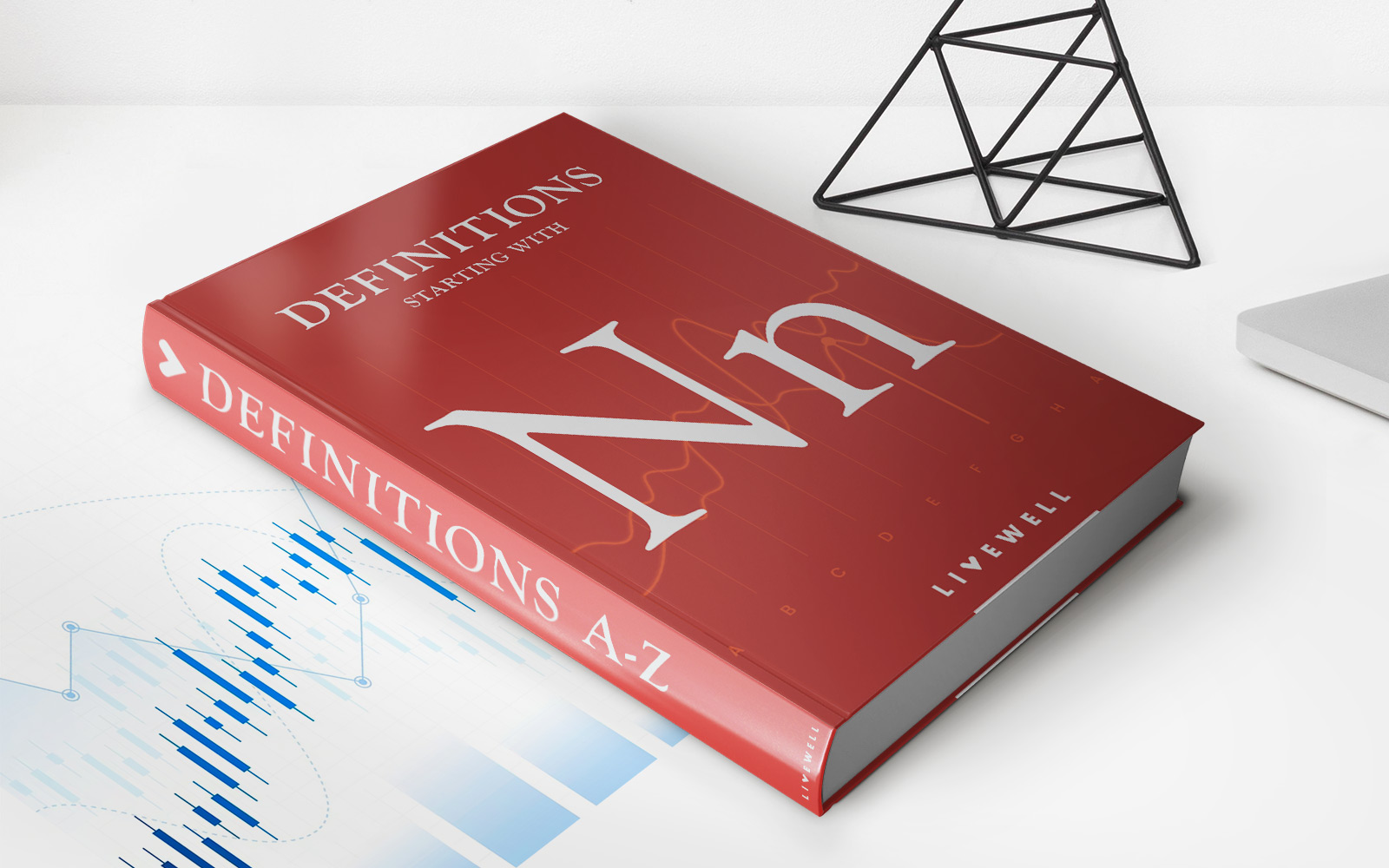

Finance
When Does Credit Card Balance Reset
Modified: March 10, 2024
Learn when your credit card balance resets and how it affects your finances. Get expert tips and advice on managing your credit card payments to maximize your financial stability.
(Many of the links in this article redirect to a specific reviewed product. Your purchase of these products through affiliate links helps to generate commission for LiveWell, at no extra cost. Learn more)
Table of Contents
Introduction
Welcome to the world of credit cards, where convenience and purchasing power meet. Credit cards have become an essential tool in managing personal finances, offering benefits such as cashback rewards, travel benefits, and the ability to make secure online transactions. However, to make the most of your credit card, it’s crucial to understand how it works, including your credit card balance and when it resets.
When you use a credit card, you’re essentially borrowing money from the credit card issuer to make purchases. This borrowed amount becomes your credit card balance. To keep track of your spending, credit card companies employ billing cycles, statement closing dates, and due dates. Understanding these dates and how they relate to your credit card balance is essential for effective money management.
So, when does your credit card balance reset? It’s a valid question. Your credit card balance resets at the end of each billing cycle. This means that whatever outstanding balance you have at the end of the billing cycle will be carried over to the next cycle. The billing cycle is a period of time, usually around 30 days, during which all your credit card transactions are recorded.
Now that you have a basic understanding of how credit card balances work, let’s dive deeper into the components of the billing cycle, the statement closing date, and how they impact your credit card balance. Understanding these factors will empower you to make informed decisions about your spending, manage your finances effectively, and potentially avoid interest charges.
Understanding Credit Card Balances
Before we delve into the specifics of when a credit card balance resets, let’s first understand what a credit card balance entails. Your credit card balance represents the total amount of money you owe to the credit card issuer. It includes both your current charges and any amounts that haven’t been paid off in previous billing cycles.
When you make purchases using your credit card, the issuer adds those charges to your balance. This balance continues to accumulate until you make a payment. If you pay your balance in full before the due date, you won’t incur any interest charges. However, if you choose to carry a balance, the credit card issuer will charge you interest on the remaining amount.
It’s important to note that the credit card balance is dynamic and can fluctuate throughout the billing cycle. As you use your credit card for purchases, your balance increases. Conversely, as you make payments and reduce your outstanding debt, your balance decreases. Understanding these changes and keeping track of your credit card balance is crucial for managing your finances effectively.
To get a clear picture of your credit card balance and to take advantage of certain benefits, it’s necessary to understand the various dates associated with your credit card. These dates include the billing cycle, statement closing date, and due date.
Now that we have a solid foundation of what a credit card balance represents let’s explore the concepts of the billing cycle and statement closing date in more detail.
Billing Cycle
The billing cycle is a recurring period during which your credit card transactions are recorded and accumulated to determine your credit card balance. It typically lasts for around 30 days, but this can vary depending on the credit card issuer. The start and end dates of your billing cycle are important to track as they affect various aspects of your credit card usage.
During the billing cycle, every purchase you make using your credit card is added to your balance. This includes both online and offline transactions. Additionally, any fees or charges, such as annual fees or balance transfer fees, are also included in your balance. The billing cycle plays a vital role in determining how much you owe on your credit card.
Keeping a close eye on your billing cycle is essential for budgeting and managing your finances effectively. It allows you to track your spending habits and understand how your credit card usage impacts your overall financial health. By monitoring your credit card transactions, you can identify any fraudulent charges or errors and report them to your credit card issuer promptly.
Furthermore, understanding your billing cycle helps you plan your payments strategically. By knowing the start and end dates, you can time your purchases and payments to optimize your credit card benefits. For example, if you have a rewards credit card that offers bonus points or cashback in certain categories during specific months, you can plan your expenses accordingly within that billing cycle to maximize your rewards.
It’s important to note that even though your billing cycle may last for 30 days, the exact duration may vary between credit card providers. Some credit cards have shorter billing cycles, such as 25 days, while others may have longer cycles, like 35 days. Understanding the specific length of your billing cycle will help you plan your payments and stay on top of your credit card balance.
Now that we’ve covered the basics of the billing cycle, let’s move on to the statement closing date and its significance in relation to your credit card balance.
Statement Closing Date
The statement closing date is a crucial date in the credit card billing cycle. It marks the end of a billing period and serves as the cutoff point for all transactions that will be included in your credit card statement. This date is typically a few days after the end of the billing cycle, allowing the credit card issuer time to compile and consolidate all the transactions.
When the statement closing date arrives, the credit card issuer generates your credit card statement, which provides a comprehensive summary of your credit card activity during the billing cycle. This statement includes important details such as the total balance, minimum payment due, available credit, and any fees or charges incurred.
After the statement closing date, your credit card balance is essentially locked in. Any purchases or payments made after this date will not be reflected in the current statement but will be carried over to the next billing cycle. It’s important to note that even though these transactions won’t be included in the statement, they will still contribute to the overall credit card balance.
Understanding the statement closing date is crucial for several reasons. First, it allows you to review your credit card activity and ensure its accuracy. By regularly checking your credit card statement, especially after the statement closing date, you can identify any discrepancies or unauthorized charges and take immediate action.
Furthermore, the statement closing date determines the due date for your credit card payment. Typically, credit card issuers provide a grace period between the statement closing date and the due date, which can vary between 21 to 25 days. During this grace period, you have the opportunity to pay off your credit card balance without incurring any interest charges.
Knowing the statement closing date also helps in managing your credit utilization ratio, which is the percentage of your available credit that you’re currently utilizing. This ratio plays a significant role in determining your credit score. By keeping track of your statement closing date, you can strategically time your payments to ensure that your credit utilization ratio remains within a healthy range.
Now that you understand the importance of the statement closing date, let’s move on to the due date and its significance in relation to your credit card balance and creditworthiness.
Due Date
The due date is the deadline by which you must make a payment on your credit card balance to avoid late fees and potential negative impacts on your credit score. It is typically a few weeks after the statement closing date, allowing you ample time to review your statement and make the necessary arrangements to pay off your balance.
Meeting your credit card’s due date is crucial for maintaining a good financial standing. If you fail to make the minimum payment or pay the balance in full by the due date, you may be subject to late payment fees, penalty interest rates, and damage to your credit history. Late payments can also result in a lower credit score and affect your eligibility for future credit applications.
When your billing statement is generated, it will specify the minimum payment due, which is the minimum amount you are required to pay to keep your account in good standing. It’s important to note that while paying the minimum amount ensures you avoid late fees, it also means that interest will be charged on the remaining balance. Ideally, it is best to pay off the entire balance to avoid any interest charges altogether.
Setting reminders or automating your payments is an effective strategy to ensure that you never miss a due date. Many credit card issuers offer online banking options and autopay services, allowing you to schedule payments well in advance. By taking advantage of these features, you can simplify your financial management and maintain a strong payment history.
Proactively managing your due dates is not only beneficial for avoiding fees and maintaining a good credit score but also for effectively managing your credit card balance. By making timely payments, you can keep your balance under control and prevent it from spiraling out of control due to accumulating interest charges.
It’s worth noting that some credit card issuers also offer a grace period between the due date and when interest is charged on new purchases. This period usually ranges from 21 to 25 days. However, it’s important to check the terms and conditions of your specific credit card to understand if a grace period applies and how it impacts your balance.
Now that we’ve discussed the importance of the due date let’s move on to the concept of balance reset and how it impacts your credit card balance.
Balance Reset
The balance reset refers to the process where your credit card balance is cleared and a new billing cycle begins. It occurs at the end of each billing cycle, typically on the statement closing date. At this point, your current outstanding balance is finalized, and any new transactions made after the statement closing date will be included in the next billing cycle.
When the balance is reset, it means that your previous credit card activities are closed off and a new slate begins. The balance from the previous cycle will be carried over as the starting point for the new cycle. This includes any unpaid balance, interest charges, and fees accumulated during the previous cycle.
It’s important to understand that the balance reset doesn’t necessarily mean that you start with a zero balance in each billing cycle. If you have any outstanding balance or unpaid charges, they will carry over to the new cycle and become part of your current balance. Additionally, any interest charges that have accrued will be added to the new balance as well.
Being aware of when your balance resets is crucial for effective credit card management. It allows you to keep track of your expenses and monitor your credit utilization ratio. By understanding when the balance resets, you can plan your payments strategically to keep your credit utilization ratio low and maintain a healthy credit score.
Furthermore, knowing when your balance resets allows you to review your credit card statement and identify any discrepancies or fraudulent activities promptly. By regularly checking your statement, especially after the balance reset, you can ensure the accuracy of your charges and take immediate action if needed.
Another benefit of being aware of the balance reset is that it allows you to take advantage of timing your larger purchases. If you have a significant expense planned, such as a vacation or a major purchase, you can time it to align with the beginning of a new billing cycle. This way, you will have the entire billing cycle to pay off the balance before the due date, minimizing any potential interest charges.
Understanding the concept of balance reset is crucial for effective credit card management. By keeping track of your billing cycle, statement closing date, and balance reset, you can stay in control of your credit card balance and make informed financial decisions.
Now that we’ve explored the concept of balance reset, let’s move on to the factors that can affect your balance reset date.
Factors that Affect Balance Reset
The balance reset date is typically determined by the credit card issuer and can vary from card to card. While it’s generally aligned with the statement closing date, there are a few factors that can influence when your balance is reset. It’s important to be aware of these factors as they can impact your credit card usage and payment strategies.
1. Credit Card Issuer Policy: Each credit card issuer sets its own policies regarding billing cycles and balance resets. Some issuers may have fixed dates for all cardholders, while others may allow you to select your statement closing and balance reset date. It’s crucial to review the terms and conditions of your specific credit card to determine how the issuer determines the balance reset date.
2. Account Opening Date: The day you opened your credit card account can also impact the balance reset date. In some cases, your balance may reset on the same day of the month as your account opening date. For example, if you opened your credit card account on the 10th of the month, your balance may reset on the 10th of each following month.
3. Billing Cycle Duration: While the standard billing cycle duration is around 30 days, credit card issuers may vary the length of the billing cycle. Some cards may have shorter or longer billing cycles, which can impact when your balance resets. It’s important to check your specific credit card terms and conditions to understand the duration of your billing cycle.
4. Payment Processing Time: The time it takes for your credit card payment to be processed can also affect when your balance resets. If your payment is received and processed after the statement closing date, it may not impact the current billing cycle but will be reflected in the next cycle. It’s essential to make payments well before the due date to ensure they are processed in time for the balance reset.
5. Holidays and Weekends: The occurrence of holidays and weekends can also impact the balance reset date. If the statement closing date falls on a non-business day, the balance reset may be adjusted accordingly. It’s important to be aware of any potential changes in the balance reset date due to holidays and weekends.
Knowing the factors that can affect your balance reset can help you plan your payments, track your credit card activity, and avoid any surprises. By understanding these factors, you can effectively manage your credit card balance and make informed financial decisions.
Now that we’ve explored the factors that can influence the balance reset date, let’s move on to the benefits of knowing your balance reset date.
Benefits of Knowing Your Balance Reset Date
Understanding your credit card balance reset date offers several benefits that can help you manage your finances effectively and make the most of your credit card. Here are some of the advantages of being aware of your balance reset date:
1. Payment Planning: Knowing your balance reset date allows you to plan your payments strategically. By timing your payments before the balance reset, you can ensure that your credit card balance remains low or at zero. This can help in reducing or avoiding interest charges, ultimately saving you money.
2. Credit Utilization Management: Your credit utilization ratio, which is the percentage of your available credit that you’re using, plays a significant role in your credit score. By knowing your balance reset date, you can plan your spending and payments to keep your credit utilization ratio within a healthy range. Maintaining a low credit utilization ratio demonstrates responsible credit management and can positively impact your credit score.
3. Fraud Detection: Regularly reviewing your credit card statement after the balance reset date allows you to detect any fraudulent charges or unauthorized transactions promptly. By being vigilant about your statement, you can protect yourself against potential identity theft and minimize the financial impact of fraudulent activities.
4. Budgeting: Understanding your balance reset date helps you budget effectively. By knowing when your credit card balance is cleared and a new billing cycle begins, you can set spending limits or allocate funds accordingly. This enables you to stay on top of your financial goals and avoid overspending.
5. Timing Purchases: Being aware of your balance reset date empowers you to time your larger purchases strategically. By making significant expenses towards the beginning of a billing cycle, you have ample time to pay off the balance before the due date, minimizing interest charges.
6. Rewards Optimization: If your credit card offers rewards, such as cashback or bonus points, knowing your balance reset date can help you maximize your rewards. By aligning your spending with the start of a new billing cycle, you can take full advantage of any promotional offers or bonus rewards in specific spending categories.
By understanding your balance reset date and leveraging it to your advantage, you can effectively manage your credit card balance, maintain a healthy credit score, and optimize the benefits offered by your credit card.
Now that we’ve explored the benefits of knowing your balance reset date, let’s summarize the key points we’ve covered in this article.
Conclusion
Understanding when your credit card balance resets is essential for effective financial management. By grasping the concepts of billing cycles, statement closing dates, and due dates, you can strategically plan your payments, manage your credit utilization, and make informed decisions about your credit card usage.
Knowing your balance reset date allows you to plan your payments strategically, ensuring that you keep your credit card balance low or at zero, minimizing interest charges. It also enables you to manage your credit utilization ratio, which is an important factor in your credit score calculation.
Being aware of your balance reset date also helps in detecting any fraudulent activities. Regularly reviewing your credit card statement after the balance reset allows you to identify unauthorized charges promptly and take appropriate action to protect your financial well-being.
Additionally, understanding your balance reset date allows you to budget effectively and time your purchases strategically. By aligning your expenses with the start of a new billing cycle, you can optimize rewards, avoid overspending, and stay in control of your financial goals.
To make the most of your credit card benefits, it’s crucial to stay informed about the specific terms and conditions of your credit card. Review your credit card agreement to understand how your credit card issuer determines the balance reset date and any other relevant policies.
By mastering the knowledge of your balance reset date, you can effectively manage your credit card balance, maintain a healthy credit score, and make the most of the financial opportunities offered by your credit card.
Remember, it’s important to track your credit card activity regularly, review your statements, and make timely payments to stay on top of your finances. With this knowledge in hand, you will be empowered to make informed financial decisions and build a solid foundation for your personal financial success.














